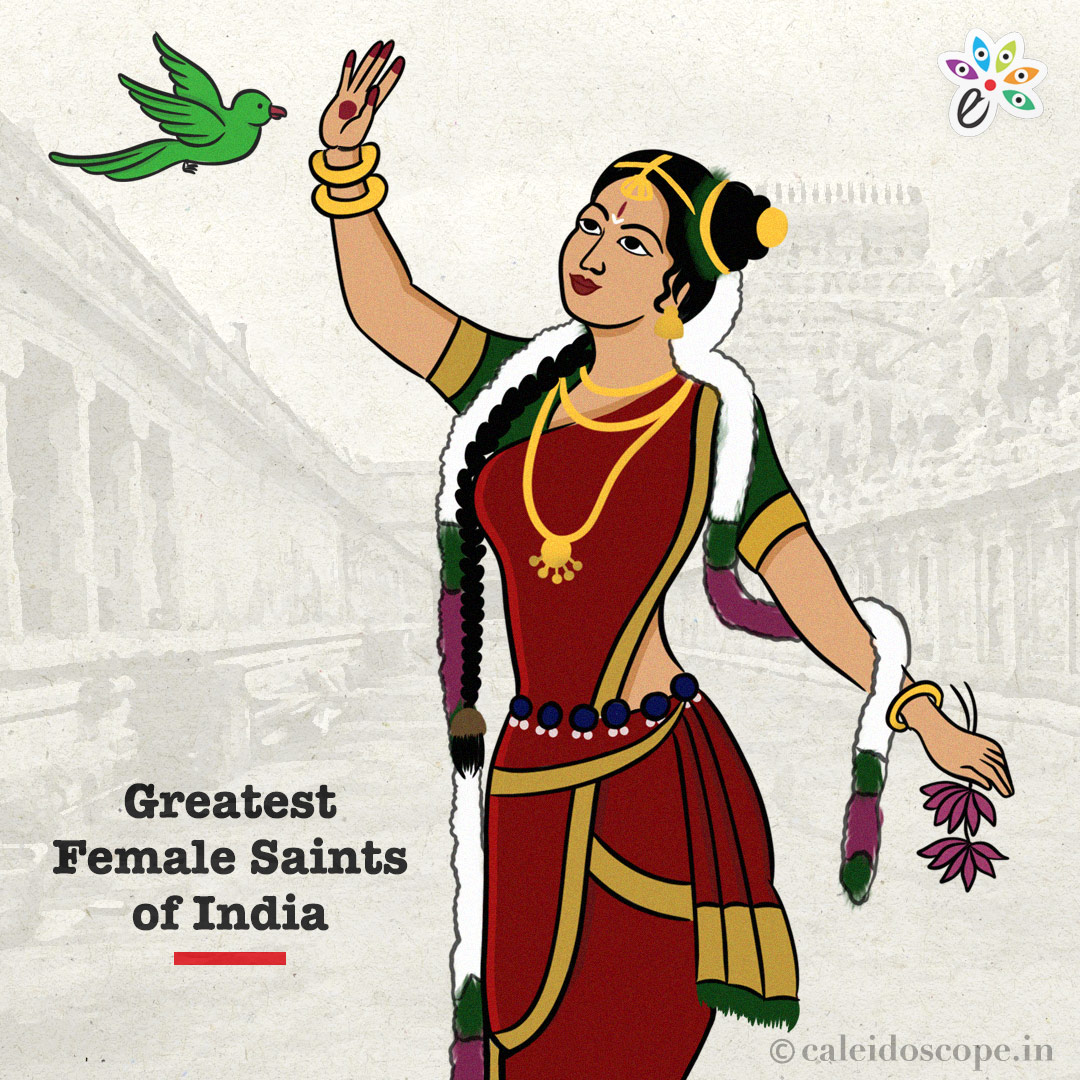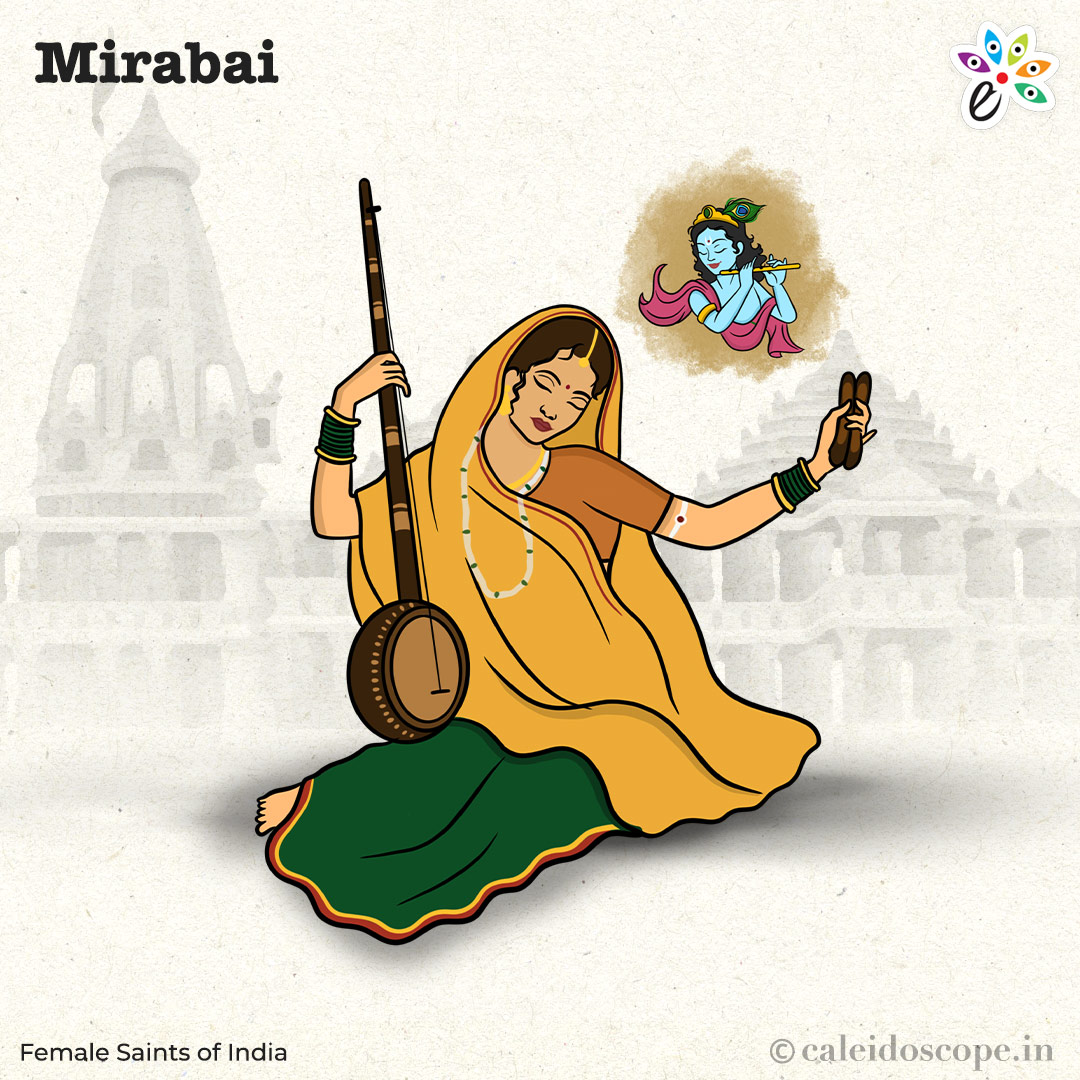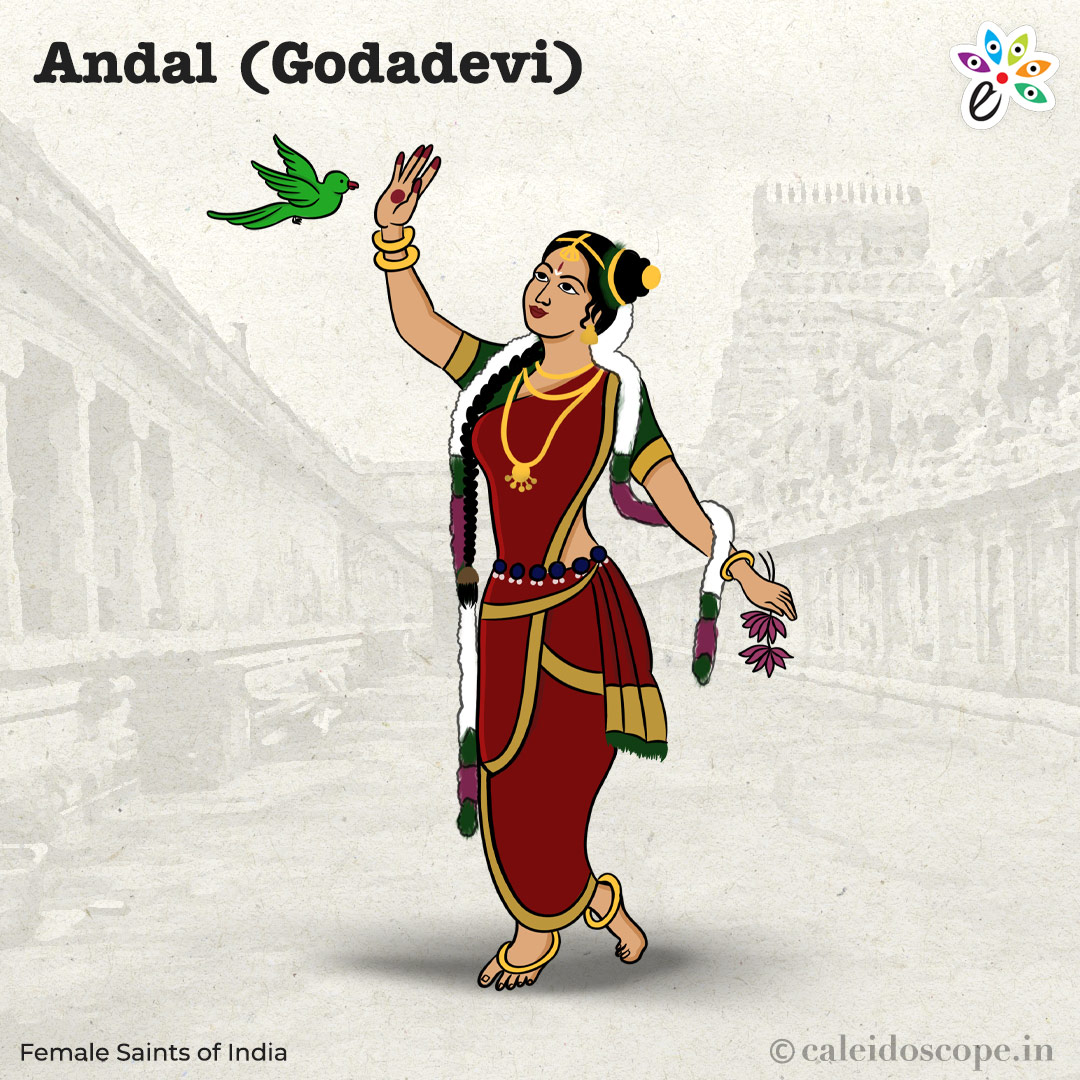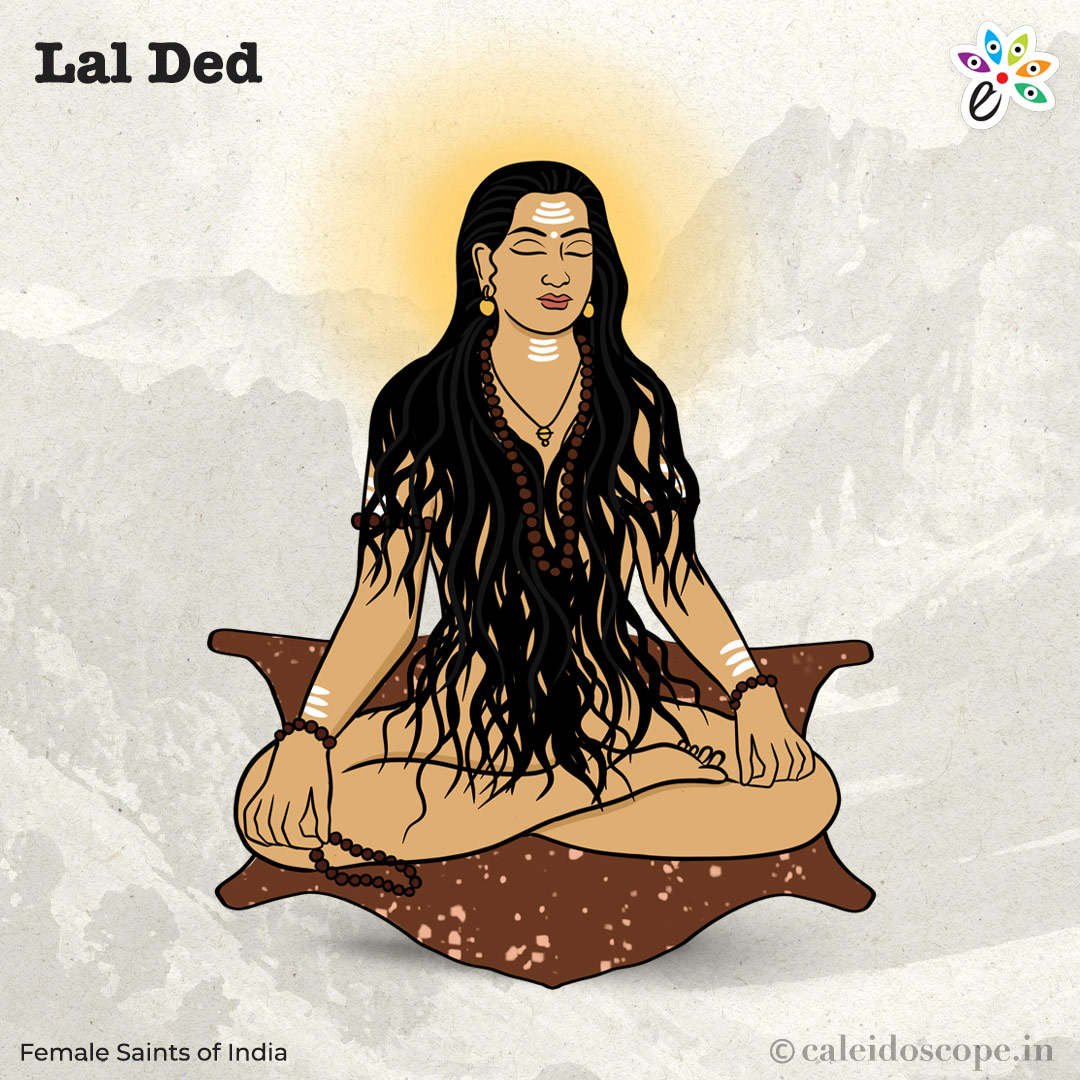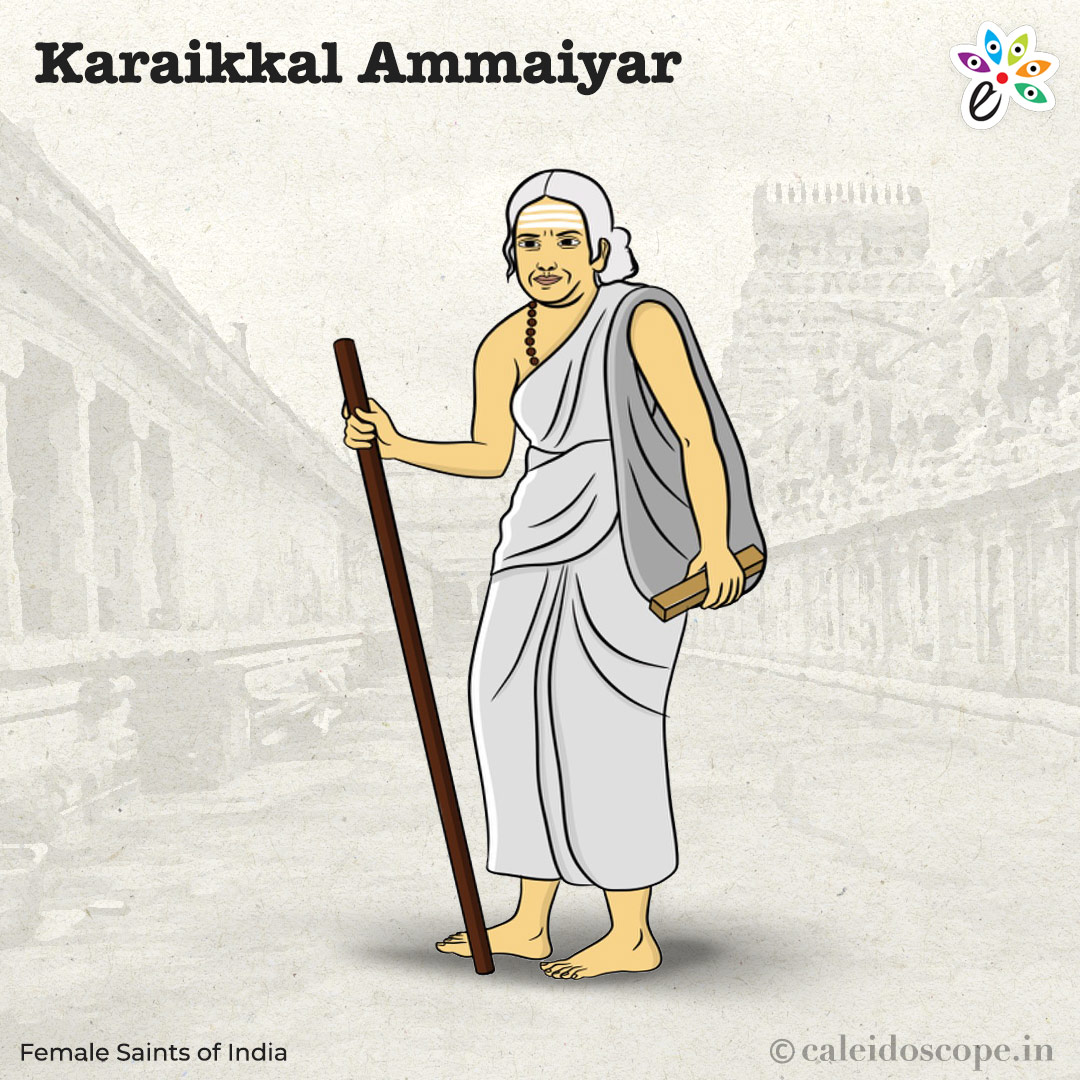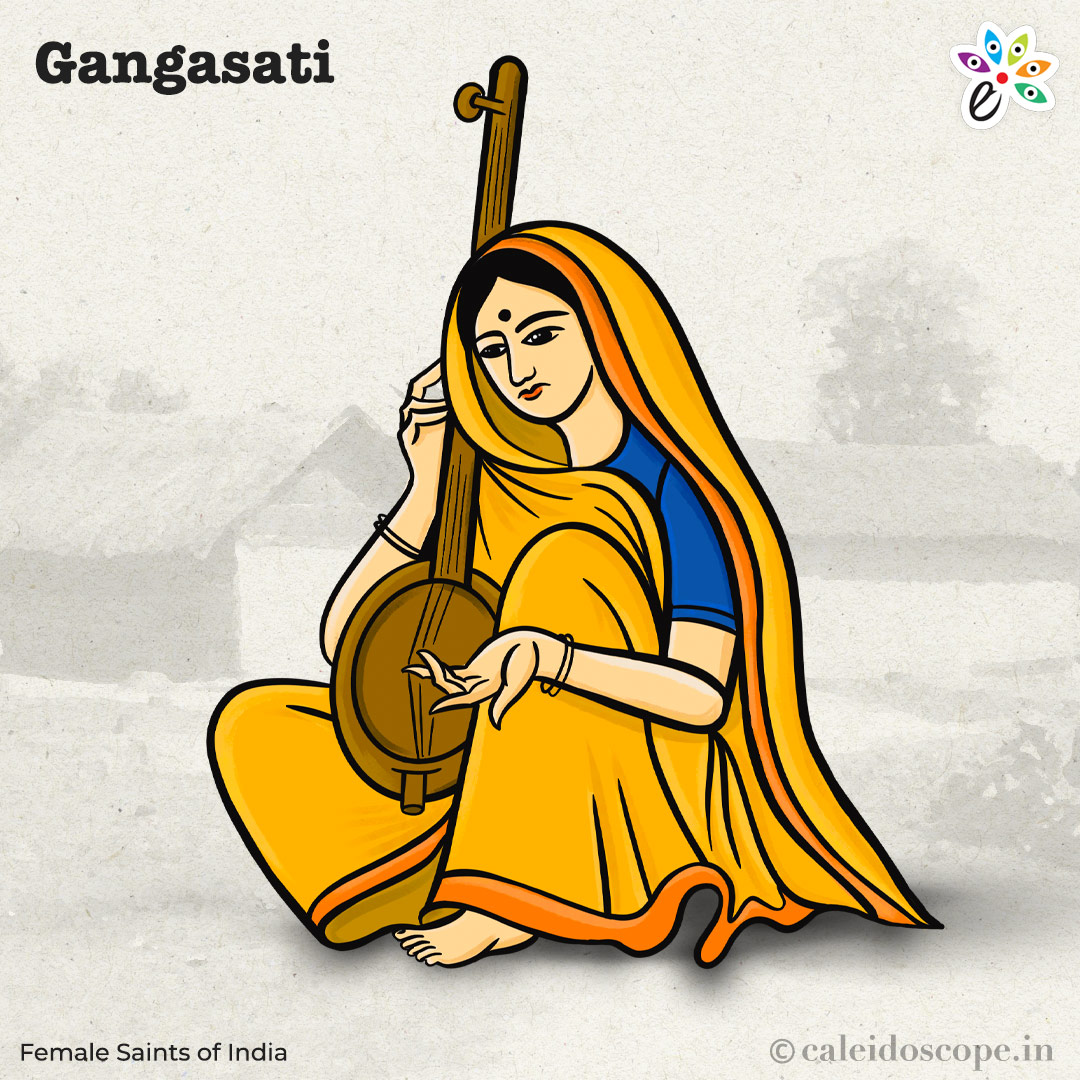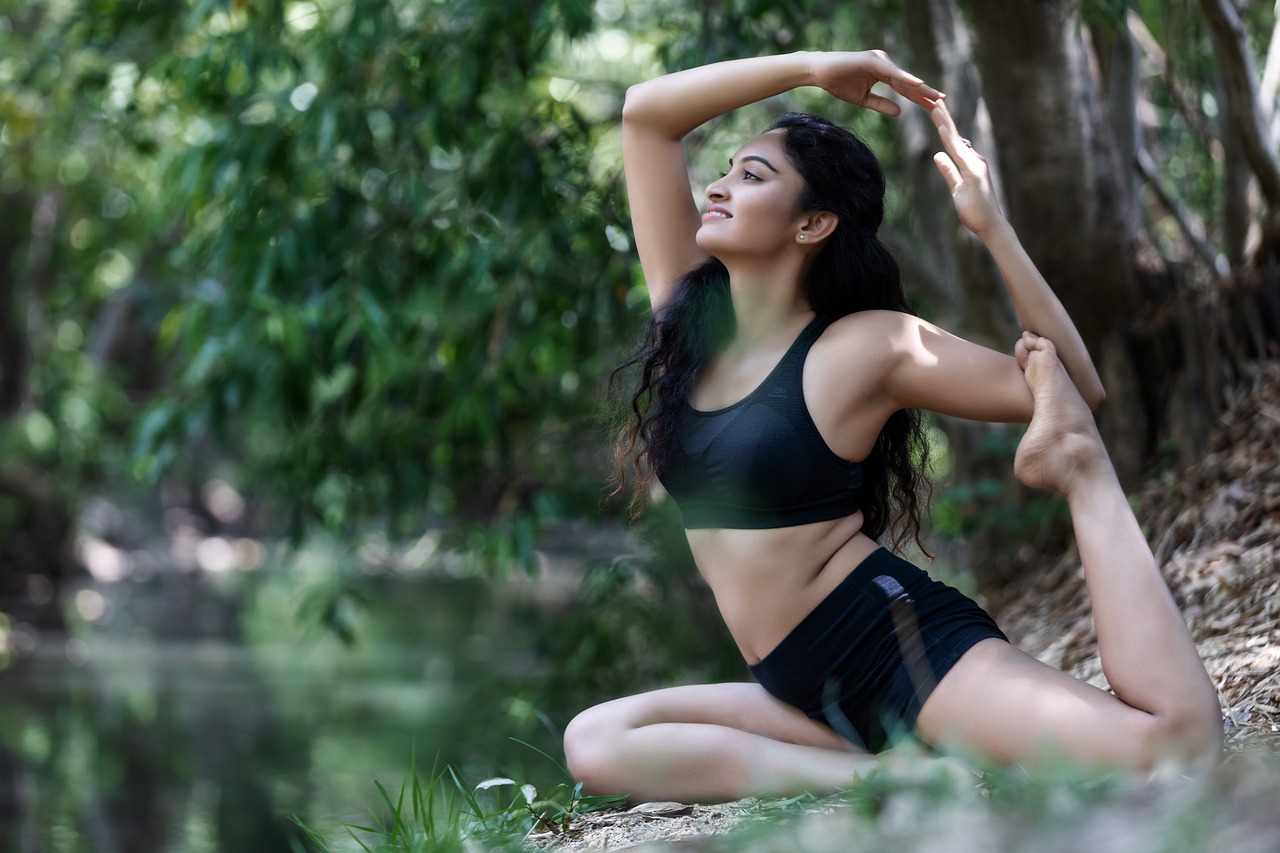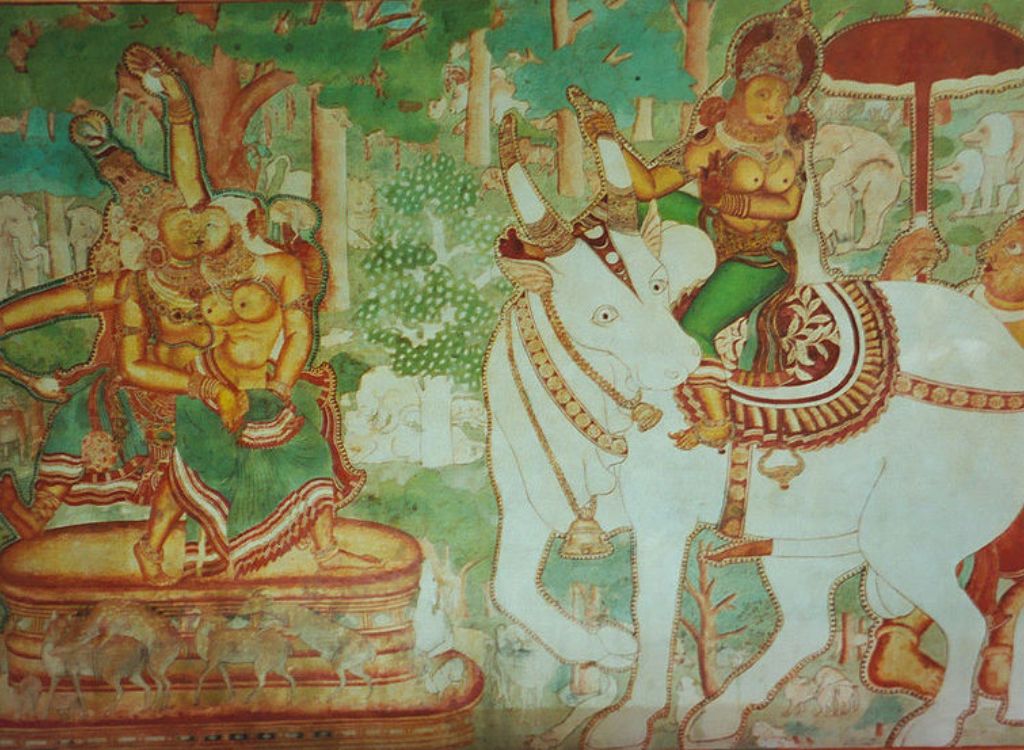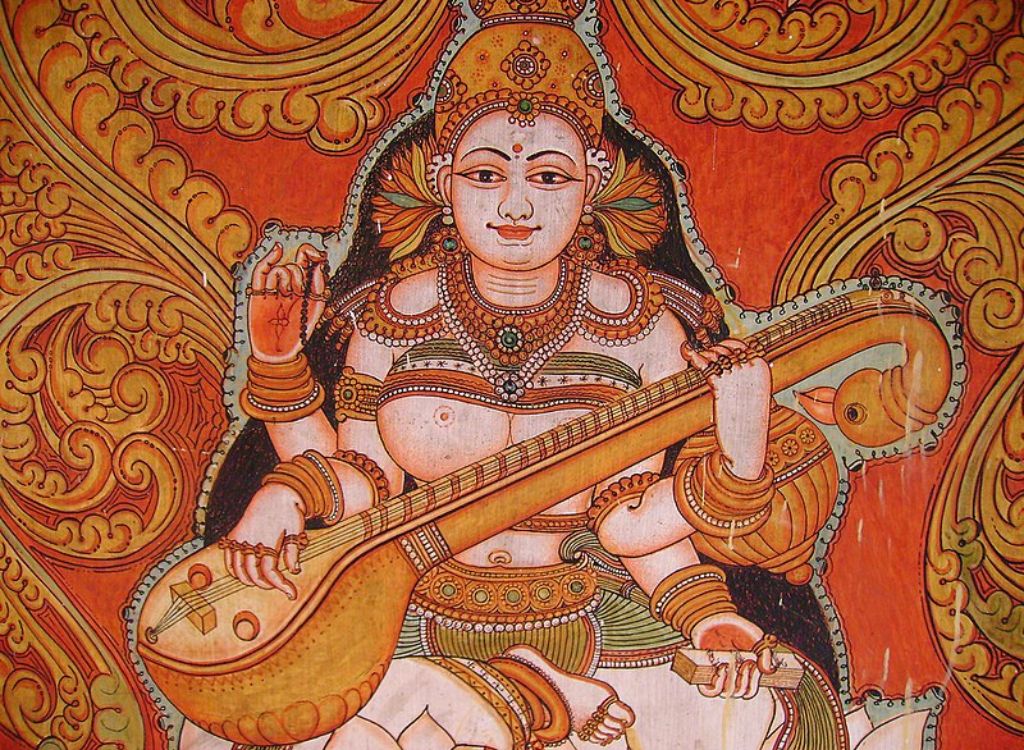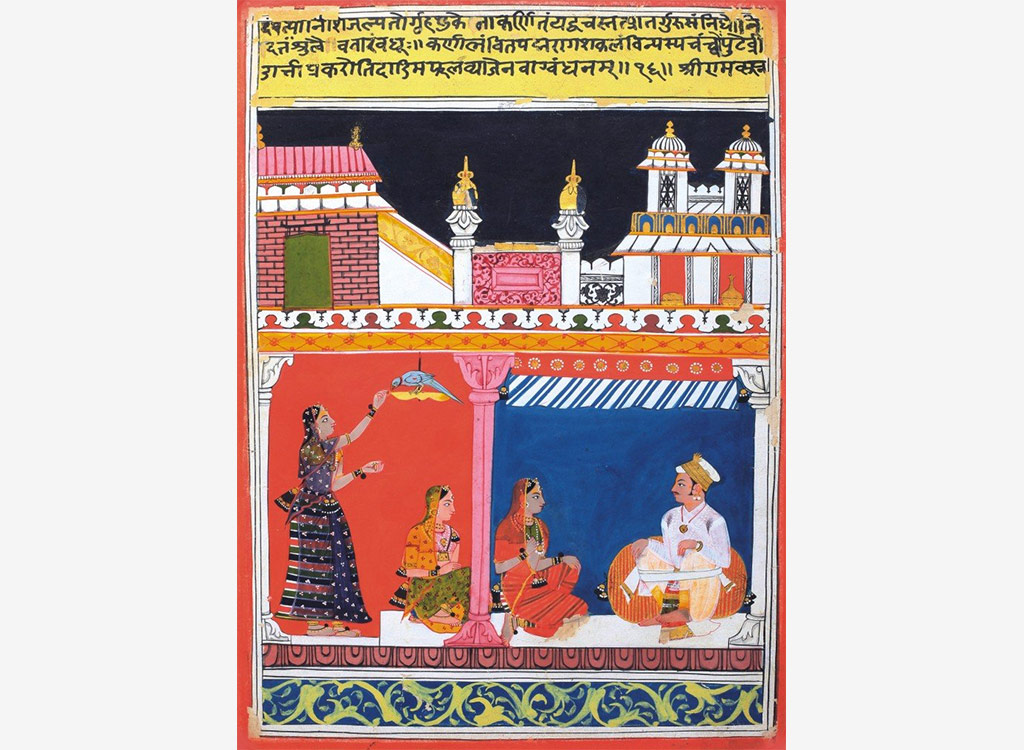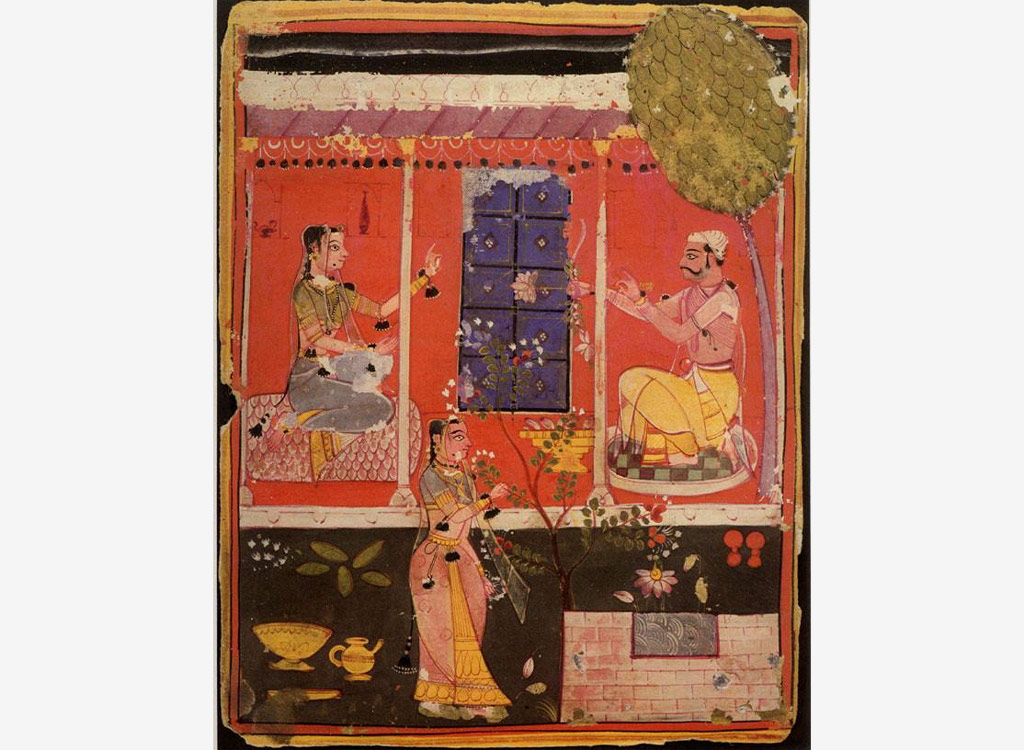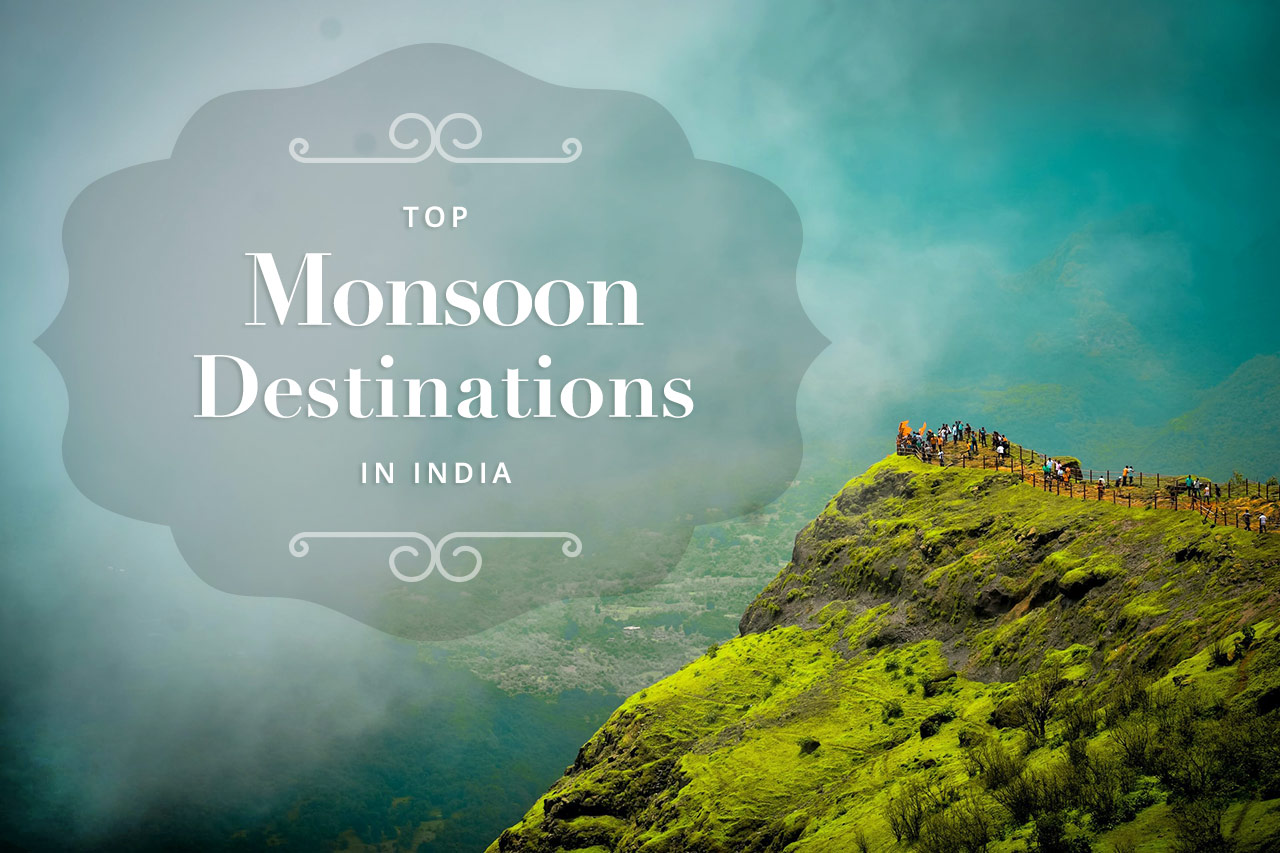
The Indian monsoon is here! And so are a number of monsoon destinations in India ready with open arms, inviting wanderers and travelers.
As the rain hounds down on my window, I can feel it soothe my nerves. The wind, scent and the whole atmosphere when enveloped by the aura of a good rain, is surreal. It is amazing what the rains can do to the emotional and mental wellbeing. But it is quite another to see how much of a breather it can be for landscapes and physical geography.
Suggested Read – Drench and Rediscover Yourself in the Moments of Monsoon
Of course, when in India, the idea of rains also is accompanied by floods and a whole of urban clutter. But for now, we choose to ignore its ills and concentrate on the glory of the monsoons. The Indian Monsoons is well marked in the country’s calendar and has its effects on a wide economic and cultural aspects.
However, monsoons also herald some of the most stunning terrains and transform regions to ethereal destinations. As India is still slowly bouncing back to normalcy, the looming fear of a third wave of the pandemic is present. In such times, it is imperative to be safe and not rush to crowded locations.
Suggested Read – Mesmerising Monsoon Festivals in India You Must Witness!
Yes, the monsoons urge one to step out and discover the pristine beauty of some of the most splendid monsoon destinations of India. However, we try to bring to you some of the smaller, quieter and more unknown destinations that you could pay a visit this monsoon. Maybe as a weekend getaway or a short vacation. But do stay safe and take all necessary precautions that merit importance during this pandemic.
On that note, let’s splash our way through some of the best monsoon destinations to check out this year.
1. Shillong & Cherrapunji
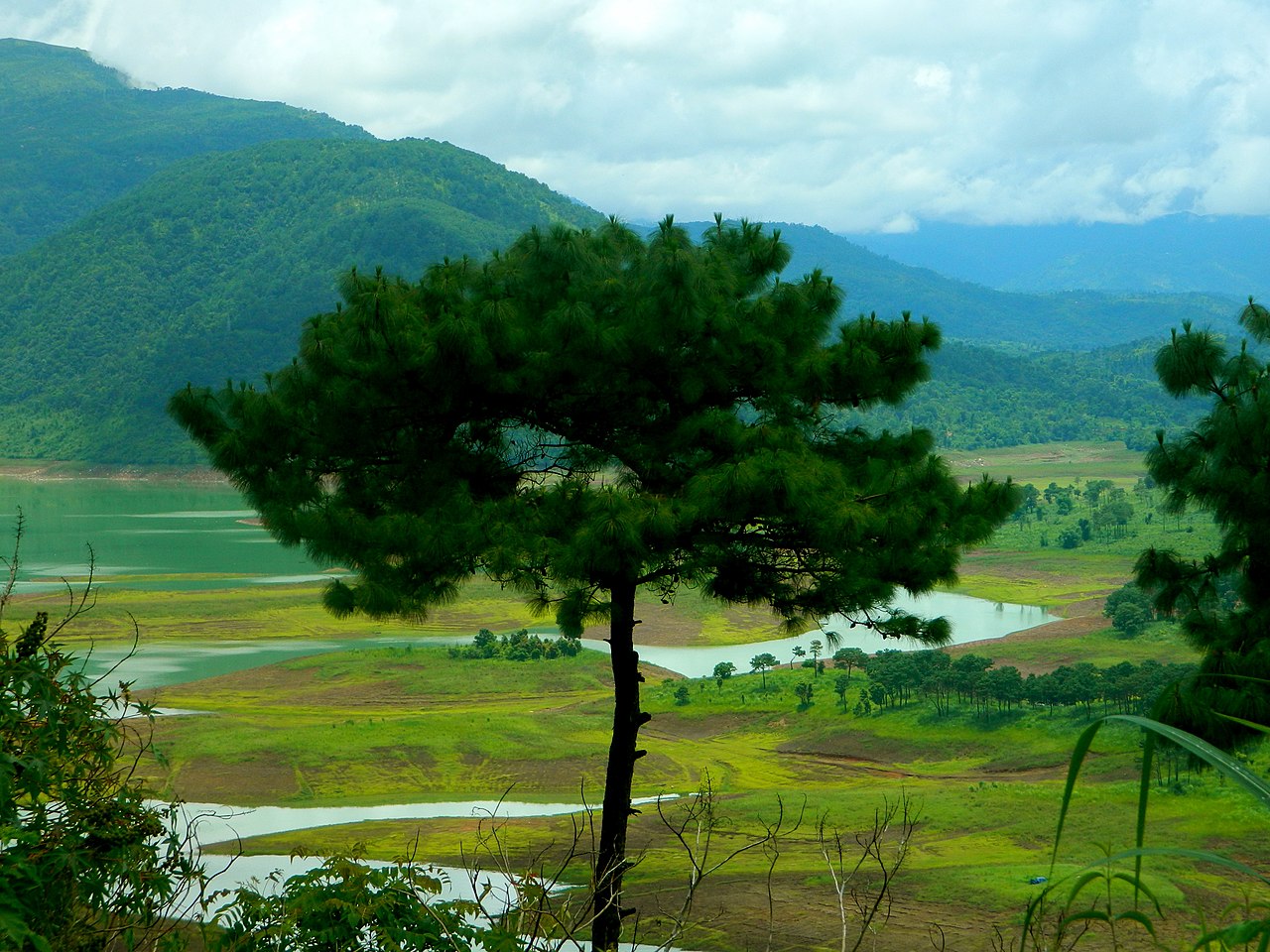
The capital of Meghalaya is a beautiful monsoon destination. Not to mention it is a perfect base to explore the other quieter and less crowded locations of the state. The thing about the northeast is that time seems to stop and there is a sense of immeasurable pleasure in being surrounded by natural beauty. Called the Abode of Clouds, the state is a wonderful monsoon getaway. Explore the Elephant Falls and Spread Eagle Falls as they explode with gorgeousness during the rains. Also, with many companies still offering work from home options, it is a good time to explore this part of the country. All you have to do is work from a hotel or resort and wander to remote areas over the weekends. Cherrapunji with the highest rainfall is a destination worth visiting for its magnificent green beauty. A visit to Nohkalikai waterfalls and Mawlynnong, the cleanest village in Asia are an absolute must.
Suggested Read – Tripping Amidst the Greens – Guwahati to Shillong
2. Coorg & Kodaikanal
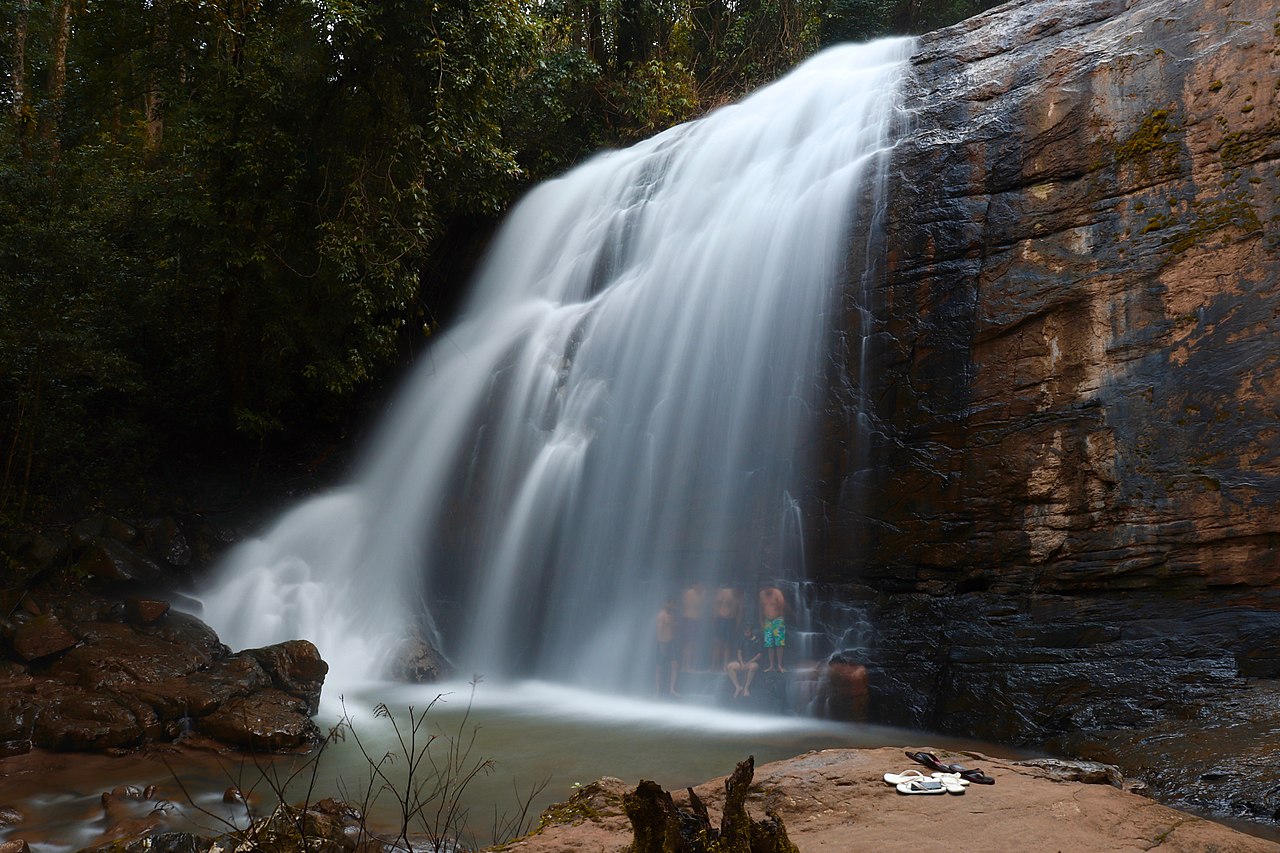
This hill station of the South India India is much less crowded than its other popular brethren, such as Kodaikanal and Ooty. Situated in Karnataka, Coorg is swelling with beauty during the monsoons and its thick forest cover is home to a large diversity of flora and fauna. Enjoy quiet trekking, bird watching or visit the coffee plantations while in Coorg. Some of the points of attraction include Madikeri Fort, Abbey Falls and the Kaveri River.
3. Munnar & Wayanad
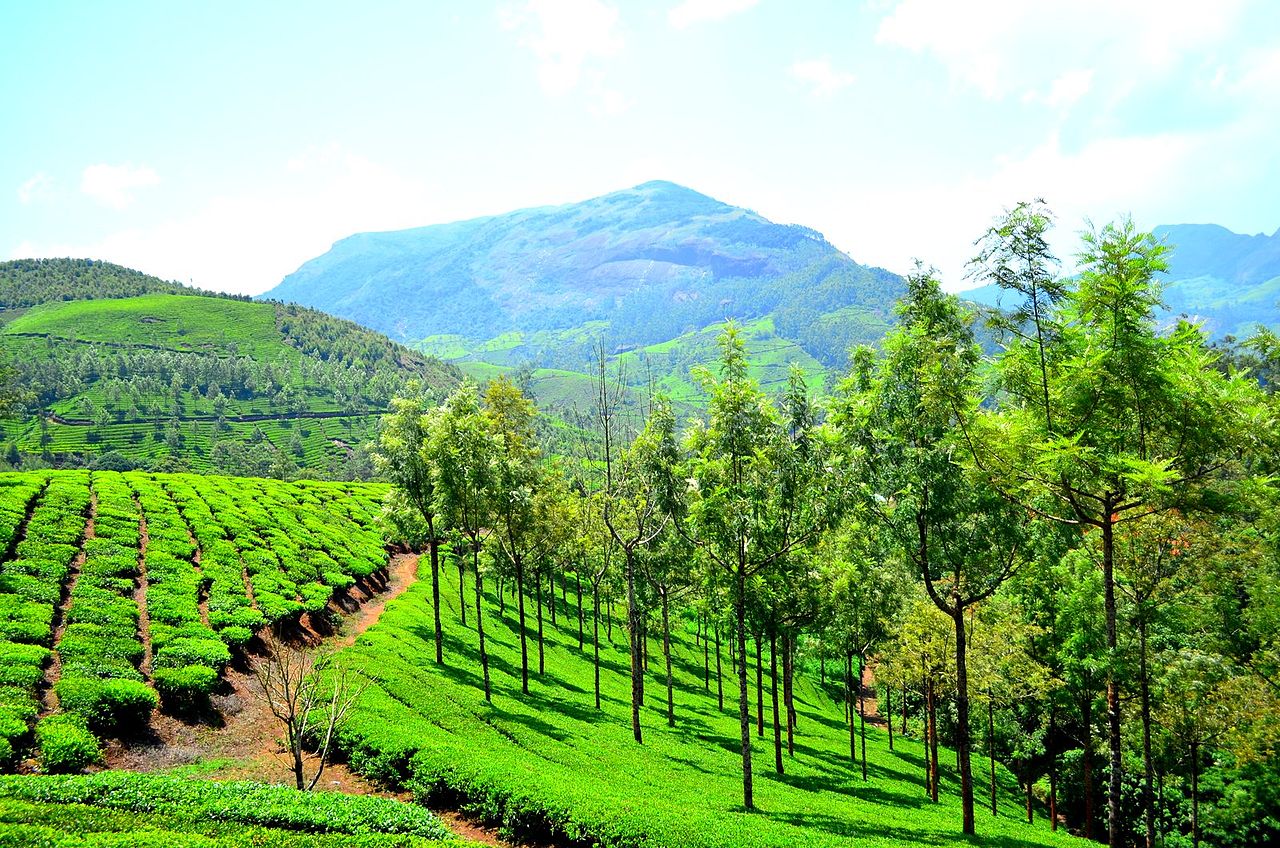
Another splendor of the south, Munnar and Wayanad are one of the best monsoon locations from God’s own country. The lush green rice fields, swaying coconut trees and the lovely backwaters are a delight to soak and enjoy. The greenery, fullness and richness of nature is at its prime during the monsoons. Visit the Attukad Waterfalls, Eravikulam National Park, Tea Gardens in Munnar. For Wayanad check out the Edakkal Caves, Pookode Lake and of course, the Wayanad Wildlife Sanctuary.
4. Khandala, Lonavala & Mahabaleshwar
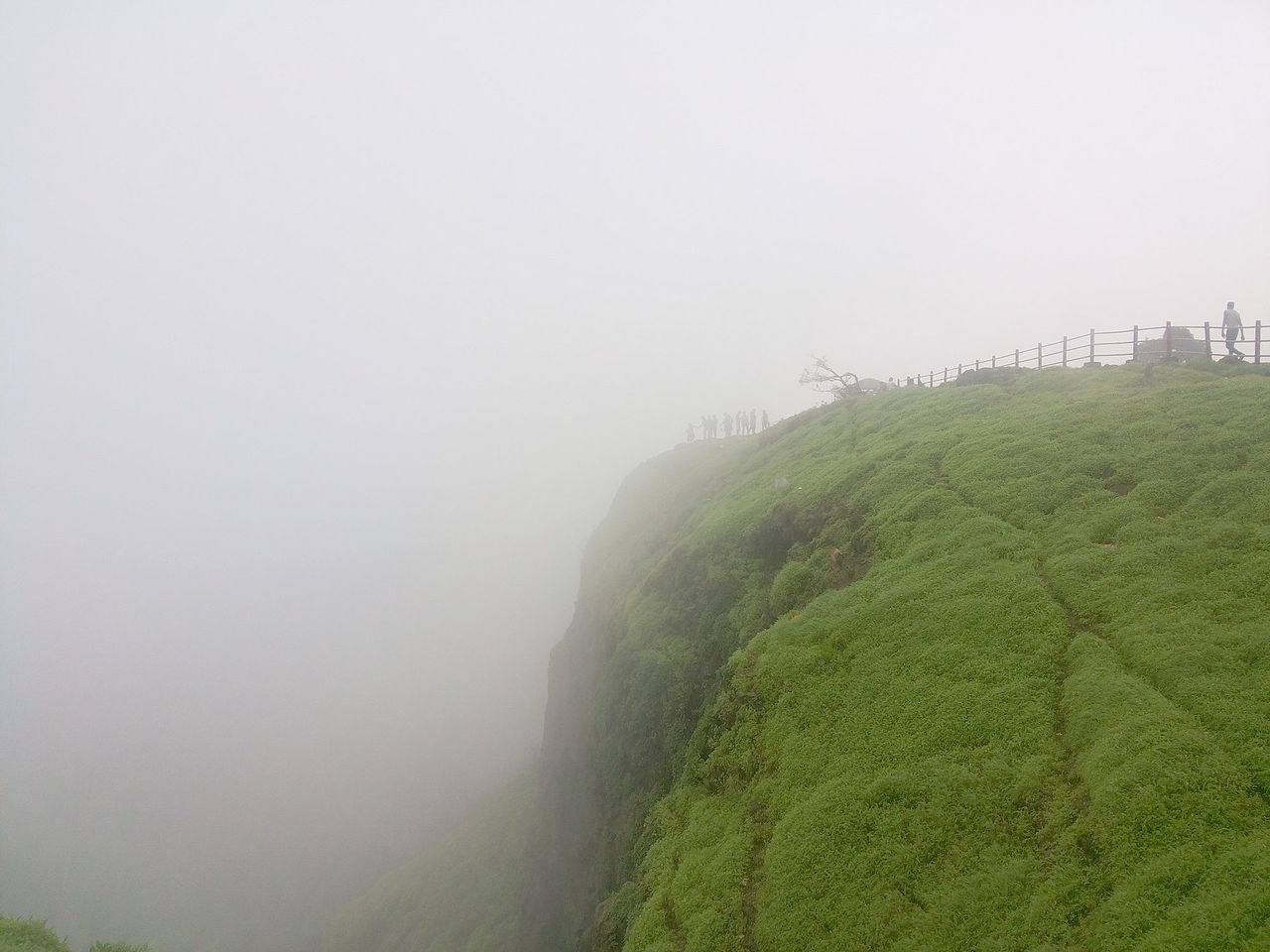
Tucked in the Sahyadri ranges Lonavala, Mahabaleshwar and Khandala are perfect weekend getaways from Mumbai or Pune. The monsoons just add a different charm to these hill stations, with clouds floating around and the air crisp and wet at the same time. The breathtaking scenery and pleasant climate are the most soothing balms for tired souls. Some of the attractive spots to check out are The Elephant’s Head and Lingmala waterfalls (Mahabaleshwar) and Karla Caves, Tiger Point (Lonavala)
5. Orchha
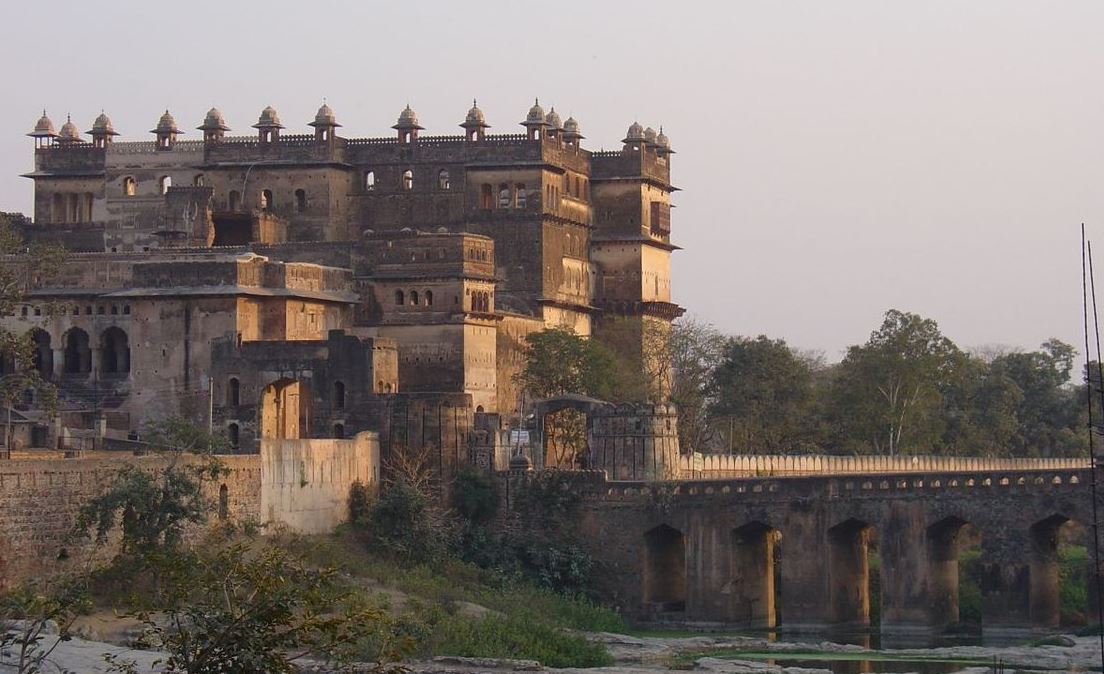
Located in Madhya Pradesh, Orchha is a town steeped in glory and heritage of the past. The monsoons are the ideal time to visit Orchha because the Betwa River comes to life with the rains. Situated on the banks of the river, the city is fraught with temples and palaces that are fun to explore in a pleasant climate. Here the beauty of man -made heritage structures glistens on the arrival of the monsoons. Visit the Ram Raj Temple, Jehangir Mahal and Orchha Fort.
6. Pushkar, Mount Abu & Udaipur
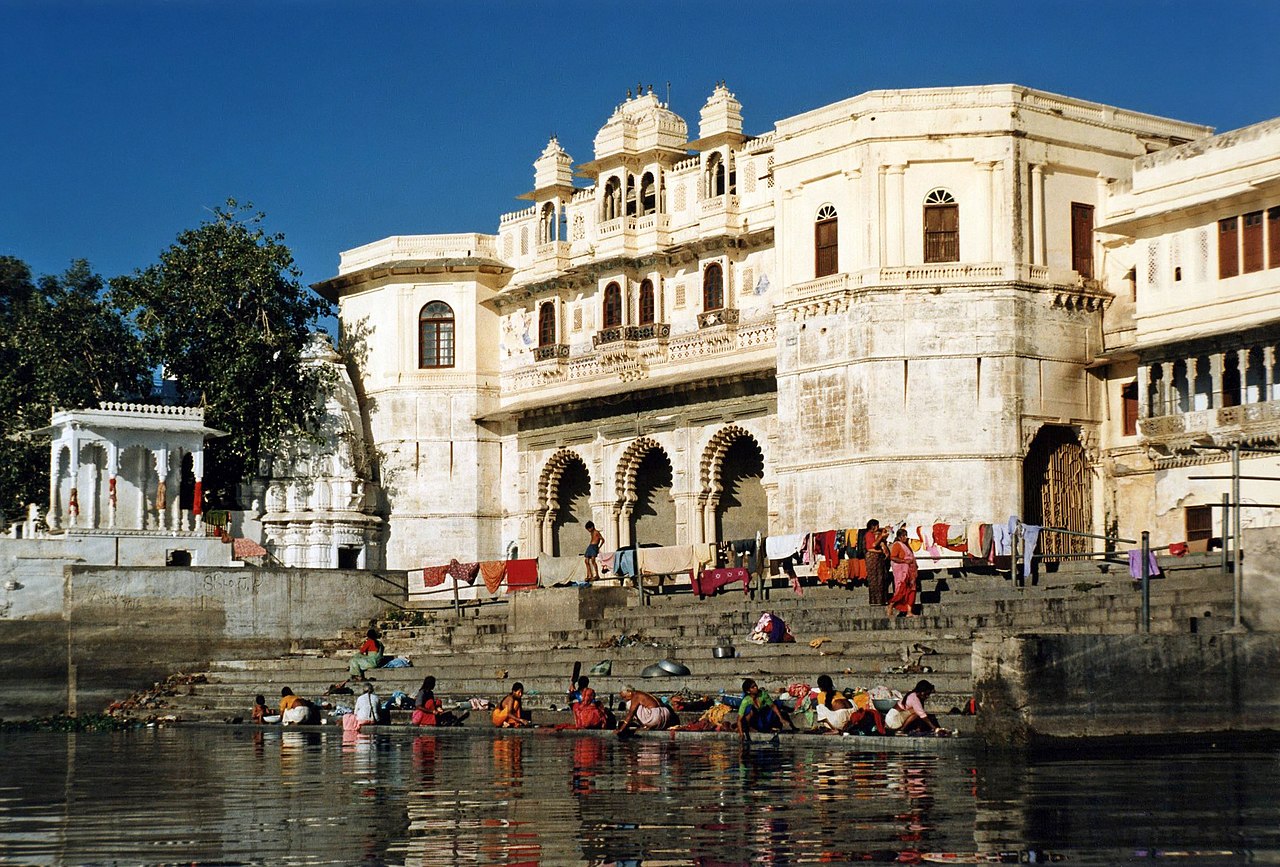
Rajasthan is a beautiful state with some wonderful gems to explore. However, it is usually always hot to travel. But the monsoons is a great time to visit some of its most amazing locations. For one the weather is wonderful and secondly, the water bodies are brimming. There is a freshness and energy that highlights and adds elegance to both its natural and manmade attractions. In Udaipur the palaces look lovely, especially those along the waters, such as the Lake Palace and Monsoon Palace. The Nakki Lake in Mount Abu becomes a sunset and sunrise point, whereas, one can actually be awakened by a peacock call in Pushkar.
7. Ranikhet & The Valley of Flowers
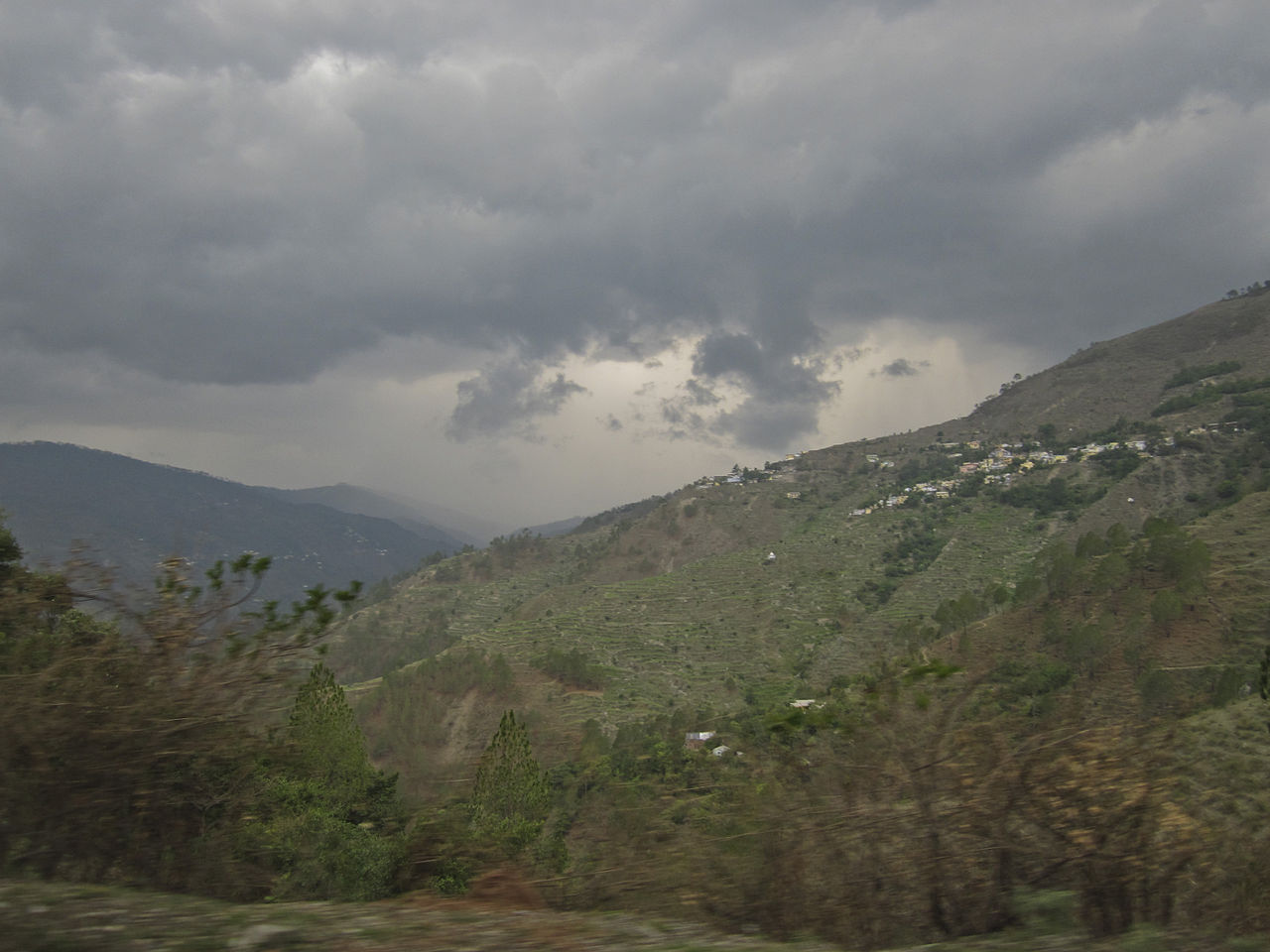
Located in Uttarakhand, Ranikhet is a delightful hill station that gives some stunning views of the mighty Himalayas. The lushness and mesmerizing splendidness of the town is enhanced with its beautiful treks and sceneries. In fact, when in Ranikhet one can also visit the Valley of Flowers National Park! The valley is colorful and blooming with the most petite and pretty flora. Trek along the park and get astounded by the natural beauty in every step you take.
8. Binsar
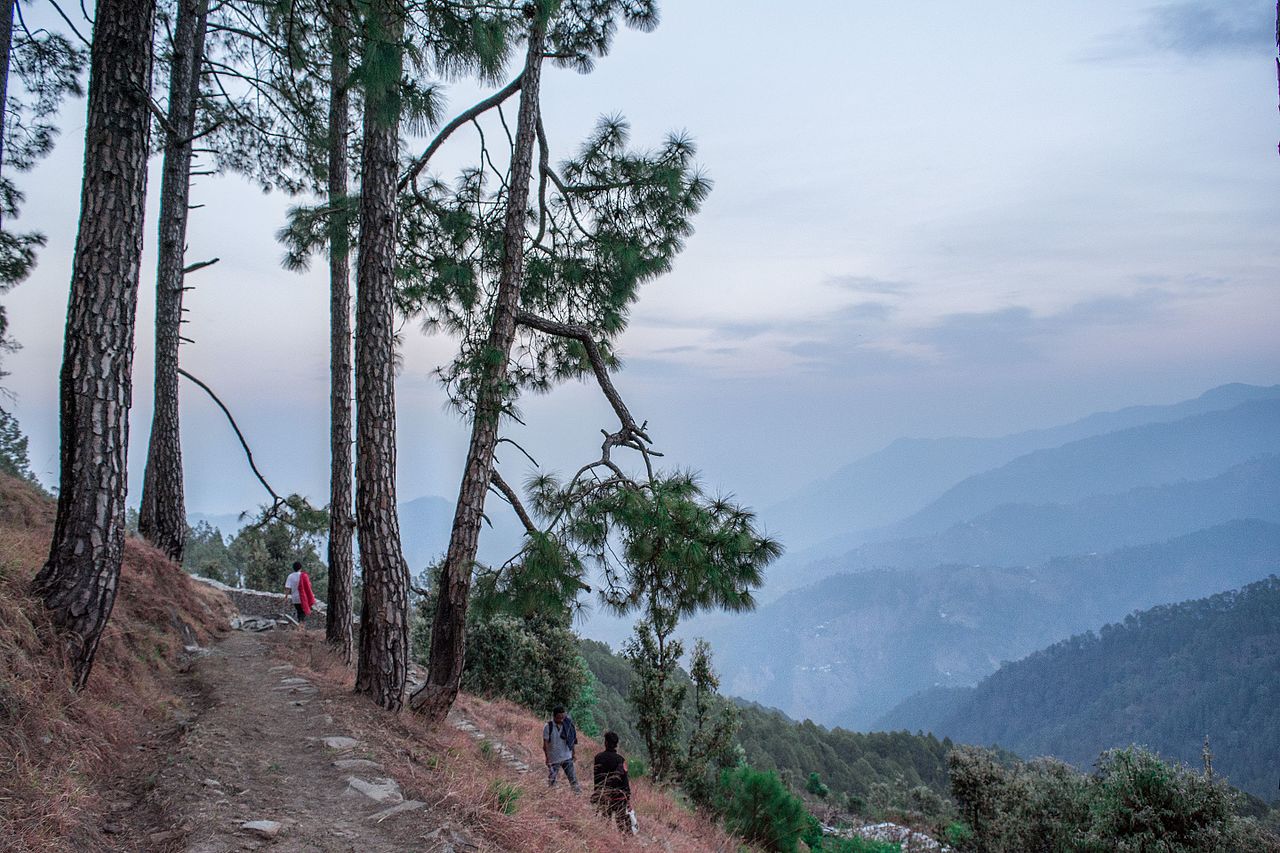
Another splendor in Uttarakhand, Binsar is ideal for our times today. A lesser known hill station, provides excellent views of Panchachuli, Kedarnath and Nanda Devi. The wildlife sanctuary is home to a wide range of flora and fauna. However, it is the quietude and magical floating feeling that one encounters up in the mountains that makes Binsar so special. During the monsoons the town is blushing with greenery and the fantastic Himalayan views make it a tranquil destination.
9. Chail & Shobh
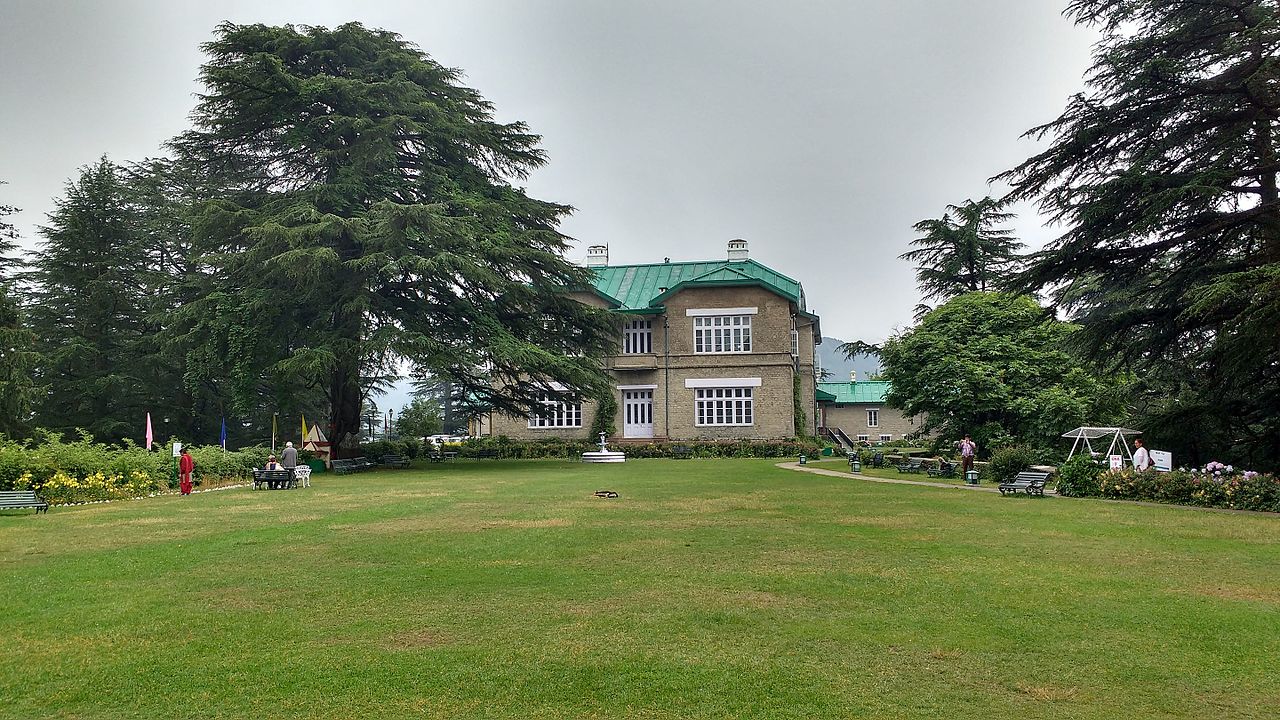
Away from the crowds in Shimla is Chail. A perfect monsoon retreat, it was once the capital of Patiala kings. From here see the night lights of Shimla, Solan and Kasauli but stay away from their throngs. Similarly, Shojha is a tiny village in Himachal but its beauty will leave you big hearted. The monsoon magic works its spell, especially on the Shojha waterfall. Other attractions to visit include the Tirthan valley, Serolsar Lake and Raghupur Fort.
10. Goa
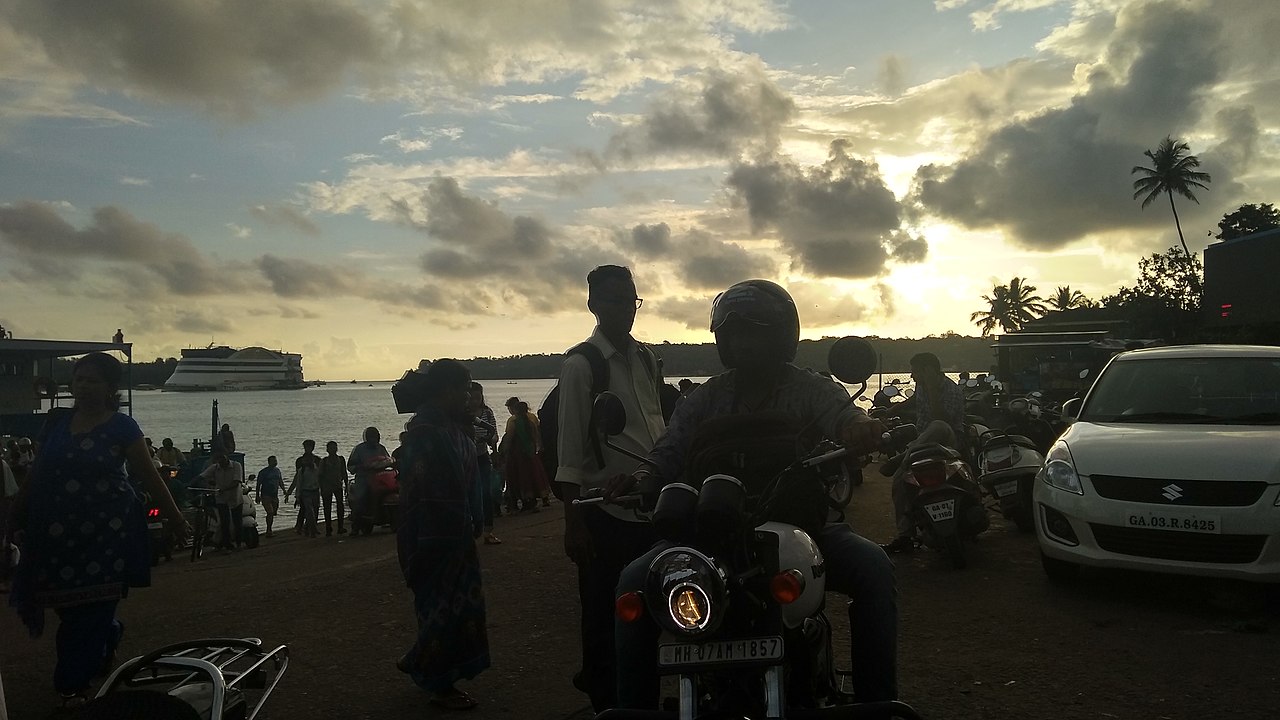
Finally on the list is Goa. Goa is a popular tourist destination but monsoon is perhaps the best time to visit it. The waters swell, the colors shimmer and the horizons look splendid. However, the fun is also in its water sporting activities. The rains help in providing for some of the most amazing adventure sports, such as river rafting. Needless to say, Goa might be crowded, but there are always pockets of quietude and solitude that can be found too. Goa is a complete package as it is packed with adventure, culture, cuisine and natural beauty.
There are many other monsoon destinations that one can explore. In fact, the monsoon can add so much adventure and peace to any place that it usually elevates it to becoming spiritual and ethereal. We urge you to enjoy the monsoon destinations, but do so following COVID protocols. Wear a mask, keep a distance, wash and sanitize your hands. Let’s enjoy the monsoon, but with a lot of care and responsibility.



